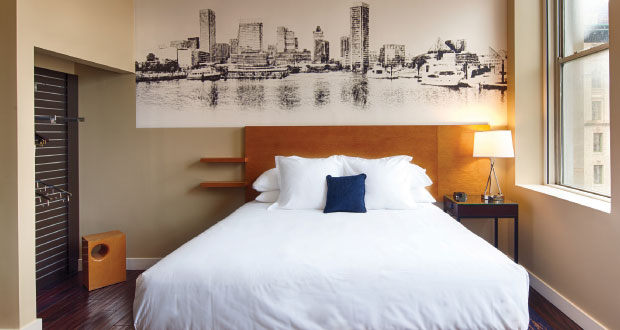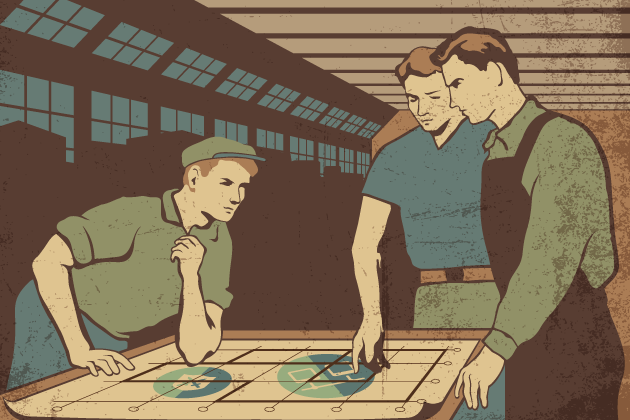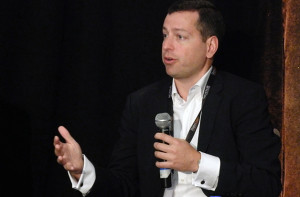Employees can make or break businesses in the service industry. While customer service oriented employees create a luxurious experience at a lesser establishment, employees that don’t prioritize customer service can ruin a guest’s experience even at the most finely-appointed hotel.
However, managers and supervisors cannot always be present to recognize and reward desirable service practices, nor can they always be present identify and correct poor practices. With so many points of customer and employee interaction, surveillance is one of the most effective methods to safeguard employee safety and integrity, review employee performance, identify training points, and document “HR issues.†Of course, too much of a good thing can be a problem.
Employers must understand the difference between valid surveillance and illegal intrusions on privacy rights before taking advantage of video/audio recordings. This article aims to help employers stay on the right side of that fence.
1. What is a “Reasonable Expectation of Privacy�
The law regarding privacy in the workplace was most recently defined by the California Supreme Court case in Hernandez v. Hillsides, Inc. The rule is subjective, yet straightforward—employers must not engage in any activities that would violate an employee’s “reasonable expectation of privacy.†This helps determine the degree to which a person can reasonably expect to be left unmonitored, but the problem is that it is a nebulous standard that relies on “widely accepted community norms.â€
There are some obvious places an employee or guest will reasonably expect privacy, for example, in a bathroom stall. However, courts will look at several considerations to determine the reasonableness of an individual’s expectation of privacy, such as the customs, practices, and physical settings of the workplace. Other considerations include where the surveillance equipment will be placed, when it will be active, and who will have access to recorded data.
The time and place of activities is another important factor. This includes an inquiry into the physical layout of the area being monitored, whether the area is restricted access, limited from view, or reserved for performing bodily functions and other personal acts. On the other hand, if an area is open and accessible to coworkers or the general public, or work is performed in the area, employees are unlikely to have a reasonable expectation of privacy.
Courts will also consider who has access to any recordings or videos to determine the severity of an alleged invasion of privacy. In fact, even if an employer collects monitoring information legitimately, an employer may be subject to liability if the information can be accessed by the wrong people. A non-managerial employee should not have access to a recording of his or her co-worker. If the purpose is to monitor customer service performance, only managerial employees should have access. For this reason, employers’ must carefully control who has access to any monitoring data.
For more:Â http://bit.ly/1Nc7CLd







